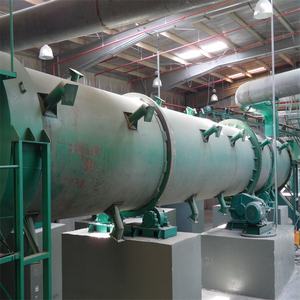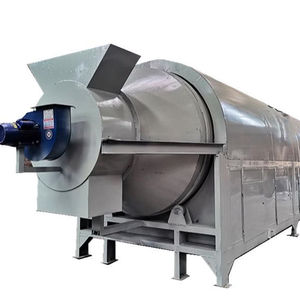The classification of tools and equipment within mechanical engineering and industrial contexts requires precise terminology to ensure clear communication and appropriate safety protocols. A common question arises regarding pneumatic tools, often referred to as air tools, and whether they fall under the umbrella of “heavy machinery.” The unequivocal answer is no; air tools are not considered heavy machinery. This distinction is critical and based on fundamental differences in scale, application, power requirements, and operational characteristics.
(Are Air Tools Considered Heavy Machinery)
Air tools encompass a wide range of handheld or bench-mounted pneumatic devices powered by compressed air. Common examples include impact wrenches, ratchets, grinders, sanders, drills, nail guns, staplers, and paint sprayers. Their defining characteristics include relative portability, direct manipulation by an operator, and reliance on an external compressed air source provided by a compressor. While powerful for their size and offering advantages like overload resistance and variable speed control, they are fundamentally auxiliary tools designed for specific tasks, often finishing, assembly, disassembly, or light fabrication.
Heavy machinery, conversely, refers to large, complex, self-propelled or towed equipment designed for major earthmoving, construction, material handling, mining, or large-scale industrial processing. Examples include hydraulic excavators, bulldozers, wheel loaders, large cranes, dump trucks, pavers, heavy-duty forklifts, and industrial presses. These machines are characterized by their substantial size, significant weight (often requiring specialized transport), high power output derived from large internal combustion engines or high-voltage electric motors, complex hydraulic or electrical control systems, and the capacity to perform heavy-duty, primary operational tasks that fundamentally alter or move large volumes of material or structures. Operation frequently occurs from an enclosed or protected cab, and specialized training and licensing are typically mandatory due to the inherent hazards and complexity.
Key differentiators solidify this classification:
1. Scale and Mobility: Heavy machinery is inherently large-scale equipment, often vehicle-based. Air tools are hand-held or small stationary units.
2. Power Source and Integration: Heavy machinery integrates its prime mover (diesel engine, large electric motor). Air tools rely entirely on an external compressed air system; the compressor generating the air might be considered industrial equipment, but the tool itself is merely a consumer of that energy.
3. Application Context: Heavy machinery performs primary, large-scale tasks (excavating, lifting tons, moving bulk material). Air tools perform secondary, precision, or localized tasks (tightening fasteners, sanding a surface, spraying paint, driving nails). They are task-specific implements.
4. Portability and Operator Interaction: Air tools are designed for direct, manual manipulation by a worker. Heavy machinery is operated via complex controls from a cab or station, manipulating the entire machine to perform its function.
5. Infrastructure and Regulation: Operating heavy machinery necessitates strict regulatory compliance, significant site preparation, and often traffic management. Air tools require compressed air lines and standard workshop safety practices.
While certain large industrial pneumatic systems (like massive air-powered presses or actuators integrated into production lines) might approach the scale of machinery, the individual air tools used within workshops or on job sites remain distinct. A large pneumatic impact wrench used in an automotive assembly plant, while powerful, is still a handheld tool reliant on facility air supply, not a self-contained machine performing earthmoving or bulk handling.
(Are Air Tools Considered Heavy Machinery)
In conclusion, within professional mechanical engineering and industrial terminology, air tools occupy the category of portable power tools or pneumatic equipment. They are essential implements for countless tasks, offering unique advantages. Heavy machinery, however, refers to an entirely different class of large, primary operational equipment characterized by integrated prime movers, substantial mass, and the capacity for major material transformation or movement. Conflating these categories leads to confusion in specification, procurement, safety planning, and operational protocols. Air tools are valuable assets, but they are definitively not heavy machinery.


